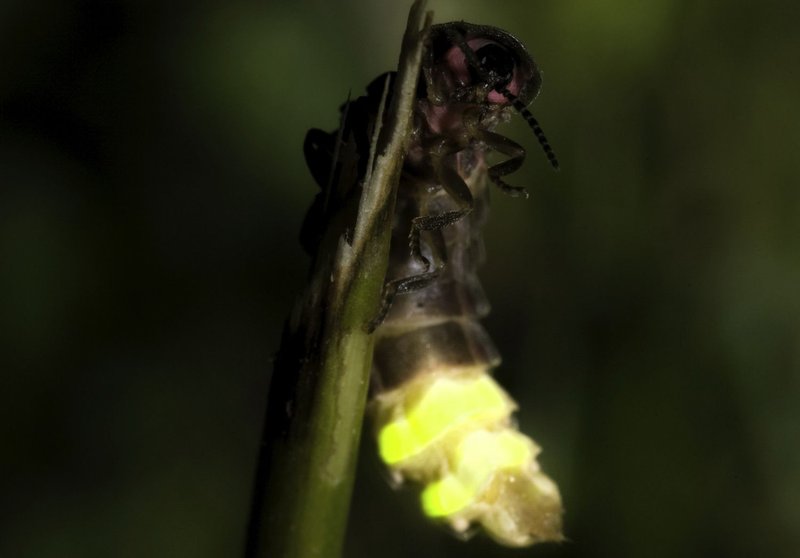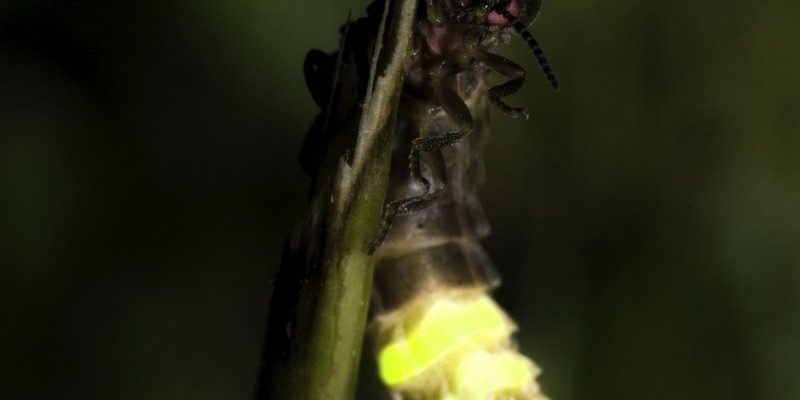
Imagine a food chain, where every creature has a role to play, much like a puzzle. In this case, glow worms are a piece of that puzzle, glowing appealingly in the dark, but they’re also part of a cycle where they’re hunted by various animals. So, let’s dive into the world of glow worms and uncover who exactly is feasting on these glowing wonders.
What Are Glow Worms?
Glow worms aren’t actually worms at all. They are the larvae of certain species of beetles, primarily from the Lampyridae family. Instead of crawling around like your garden variety worm, these glow worms hang out in damp, dark places, including caves, forests, and sometimes even your backyard. They emit a soft, alluring light to attract insects, which they catch using sticky silk threads. This glow serves as both a lure for prey and a means of communication.
Their enchanting bioluminescence comes from a chemical reaction in their bodies, and it’s pretty fascinating when you think about it. But while they might seem like the stars of their own show, it’s important to remember that they’re part of a larger ecosystem where they’re not at the top of the food chain.
Common Predators of Glow Worms
So, who exactly is out there snacking on glow worms? Well, several creatures take advantage of these glowing larvae. The most common predators include:
- Birds: Many bird species, especially those active at dusk and dawn, have learned to spot the glow of these worms.
- Spiders: Some spider species are known to be attracted to the light and are capable of catching glow worms in their webs.
- Small Mammals: Creatures like shrews and rodents might also partake in the glow worm buffet.
Each of these animals has adapted to hunt glow worms in different ways. Birds will swoop down when they notice the glow, while spiders use stealth to trap their prey. It’s a constant battle of survival, where glow worms must find ways to protect themselves from becoming dinner.
How Birds Hunt Glow Worms
Birds are some of the most skilled predators when it comes to hunting glow worms. Think about it: they have the ability to fly, giving them a bird’s-eye view—quite literally—of their environment. Many birds, such as certain species of nightjars and wrens, are particularly adept at spotting the glowing light emitted by glow worms.
These birds often hunt during twilight when the worms are most active. Their sharp eyesight allows them to detect the glowing worms against the dark backdrop of their habitat. Once they hone in on their target, they swoop down with precision, snatching them up before they even know what hit them. Here’s a quick look at how they do it:
- Observation: They sit quietly, watching for glowing spots.
- Swoop & Grab: When they see a glow worm, they dive down swiftly to catch it.
It’s a fascinating survival tactic, and honestly, it’s pretty brutal. It highlights the delicate balance of nature, where beautiful beings must constantly evade their glow-hungry foes.
Spiders and Their Sticky Traps
Spiders are clever hunters too. Some species, like the orb-weaver, may not actively seek out glow worms, but they’ll happily catch them if they wander into a web. The shimmering light of the glow worm can attract insects, and those insects can end up stuck in the spider’s web, becoming an easy meal.
Imagine a spider quietly waiting in its web, blending into its surroundings. When a glow worm lands nearby—possibly attracted by the light of another glow worm—the spider doesn’t need to chase. Instead, it simply waits for dinner to come to it. Here’s how this works:
- Attraction: The glow worm’s light can lure in unwanted pests.
- Capture: The spider’s sticky silk captures the unsuspecting glow worm.
This method showcases another layer of the food web, where glow worms find themselves caught in a trap they didn’t see coming.
Small Mammals: The Unexpected Predators
Though they may not be the most obvious predators, small mammals like shrews and certain rodents also feast on glow worms. These creatures usually hunt at night, making them quite adept at locating the glowing larvae. They often scavenge in the undergrowth, relying on their keen senses to find food.
You might picture a little shrew crawling through the leaf litter, eyes wide open for any sign of glow. Its small size and quick reflexes help it dart around without being detected. Here’s how they typically find their glowing prey:
- Sniffing: They use their keen sense of smell to locate the glow worms.
- Stealth: They move quietly, ensuring they don’t alert nearby predators.
It’s amazing how even the tiniest animals play a role in the ecosystem, reminding us that every creature, no matter its size, has a part to play in this complex web of life.
The Role of Glow Worms in Ecosystems
While glow worms have their share of predators, they also play an important role in their ecosystems. Their glowing light attracts not just predators but also helps in pollination indirectly, as they draw in insects. Additionally, when glow worms are consumed by their predators, they transfer energy up the food chain. This connection is vital for maintaining the balance of the environment.
Moreover, glow worms serve as indicators of environmental health. Their presence suggests a balanced ecosystem, while declines in their populations can signal ecological issues. So, while they may be prey for many, they’re also a crucial part of the broader picture.
Protecting Glow Worm Populations
With their beauty and ecological importance, it’s essential to think about how we can help protect glow worms from the threats they face, including habitat loss and pollution. Here are a few simple actions we can take:
- Preserve Natural Habitats: Support conservation efforts to maintain natural spaces where glow worms thrive.
- Reduce Light Pollution: Limiting outdoor lighting can help maintain the natural darkness these worms need to thrive.
- Educate Others: Raise awareness about the importance of glow worms and their role in the ecosystem.
By taking these steps, we can help ensure that glow worms continue to light up our nights for generations to come.
In conclusion, glow worms might seem like solitary stars in the darkness, but they’re part of an intricate web of life where many creatures rely on them for food. From birds to spiders and small mammals, many predators are keen on adding glow worms to their diets. Understanding these dynamics helps us appreciate the balance of nature and the beauty of these glowing creatures. Let’s work together to keep their habitats safe, ensuring that their glow continues to enchant us all.

